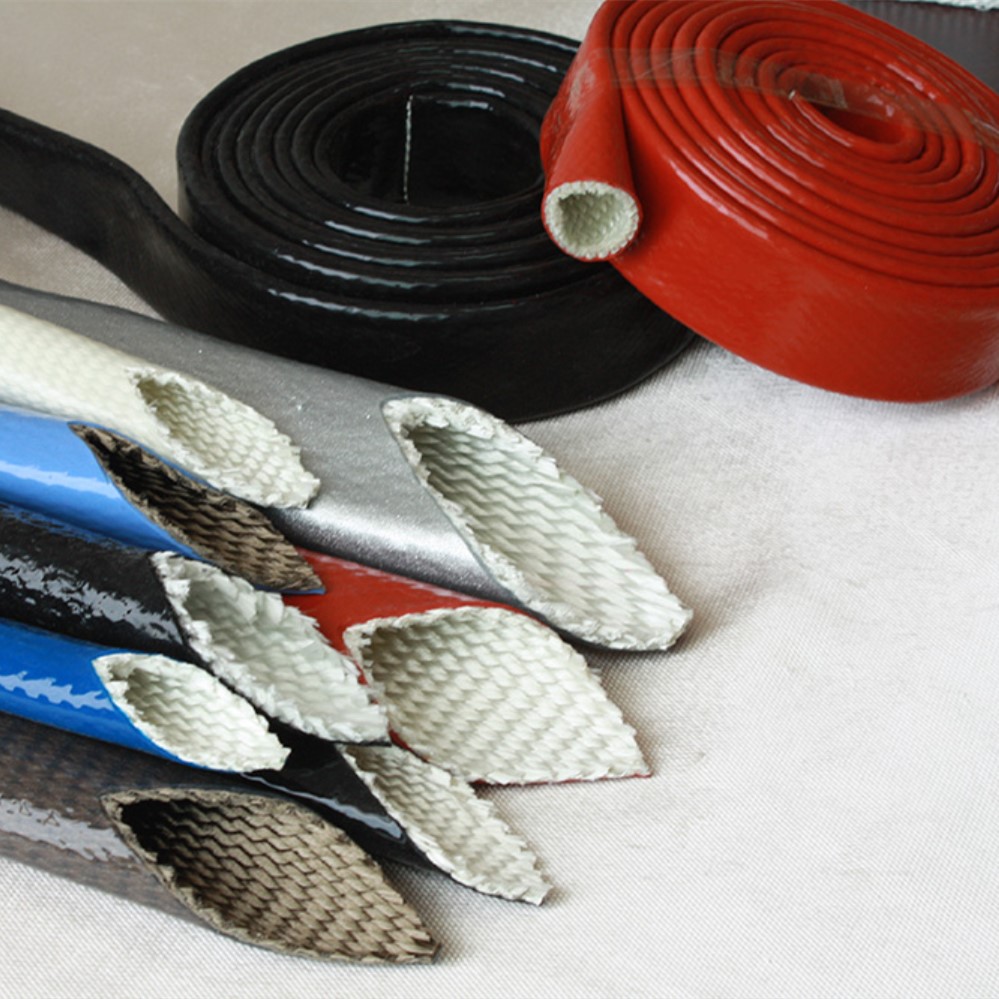Usar una chaqueta ignífuga diseñada para mangueras como funda térmica para mangueras hidráulicas puede ser una solución práctica en determinadas situaciones en las que la protección contra el calor es crucial. Así es como puedes usarlo efectivamente:
-
Selección de la chaqueta cortafuegos adecuada:
-
Asegúrese de que la chaqueta ignífuga que elija sea adecuada para el rango de temperatura que encontrará su manguera hidráulica. Los sistemas hidráulicos pueden generar una cantidad significativa de calor, por lo que la chaqueta ignífuga debe tener una resistencia al calor adecuada.
-
Busque chaquetas ignífugas diseñadas específicamente para mangueras hidráulicas o que estén clasificadas para altas temperaturas.
-
Instalación:
-
Mida la longitud de la manguera hidráulica que necesita protección.
-
Deslice la chaqueta ignífuga sobre la manguera hidráulica. Dependiendo del diseño, algunas chaquetas ignífugas pueden tener un cierre de gancho y bucle u otros mecanismos de sujeción para asegurarlas alrededor de la manguera.
- Asegúrese de que toda la longitud de la manguera que necesita protección esté cubierta por la chaqueta ignífuga.
-
Asegurar los extremos:
-
Algunas chaquetas ignífugas pueden venir con cierres integrados para asegurar los extremos. De lo contrario, asegúrese de que los extremos estén bien sujetos para evitar que la chaqueta se resbale.
-
Supervisión y mantenimiento:
-
Inspeccione periódicamente la chaqueta ignífuga para detectar signos de desgaste o daños. Reemplácelo si se ve comprometido para garantizar una protección continua.
-
Supervise el sistema hidráulico para detectar cualquier signo de sobrecalentamiento o problemas de rendimiento, ya que podrían indicar problemas con la protección contra el calor.
-
Considere el asesoramiento profesional:
-
Si no está seguro de qué chaqueta ignífuga usar o cómo instalarla correctamente, consulte con un experto en sistemas hidráulicos o un proveedor que se especialice en equipos y accesorios hidráulicos.
Usando una chaqueta cortafuegosDiseñado para mangueras como funda térmica para sus mangueras hidráulicas, puede ayudar a protegerlas de daños relacionados con el calor y garantizar la confiabilidad y longevidad de su sistema hidráulico.

